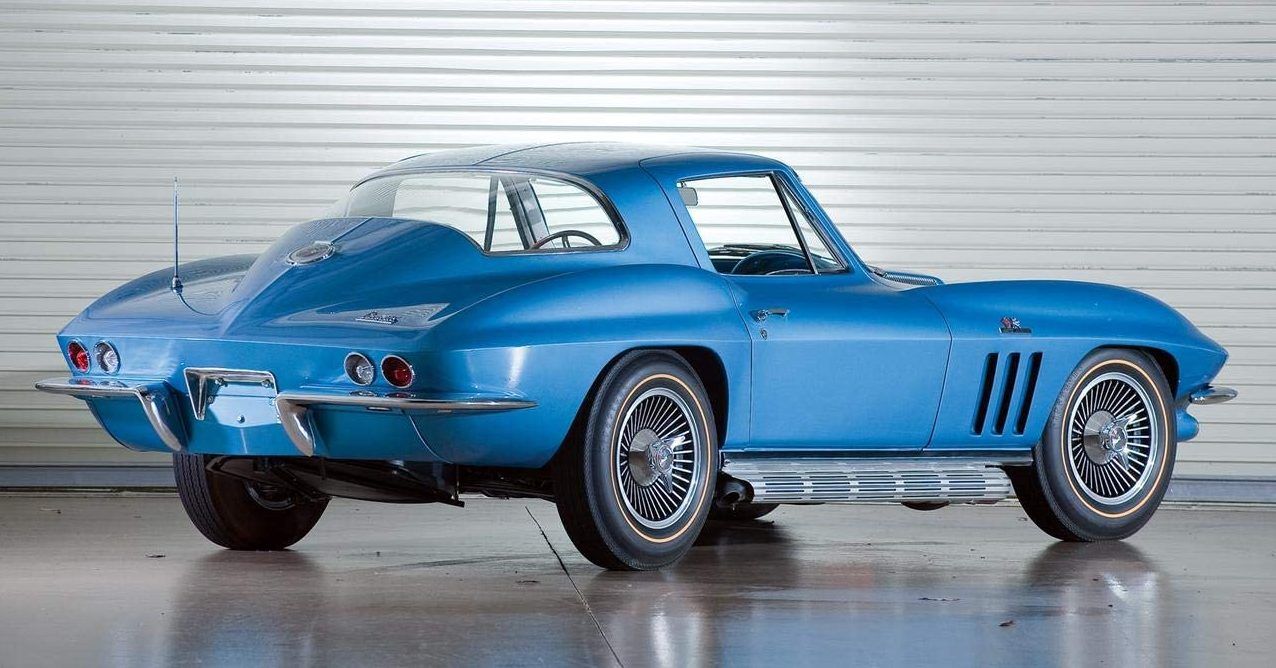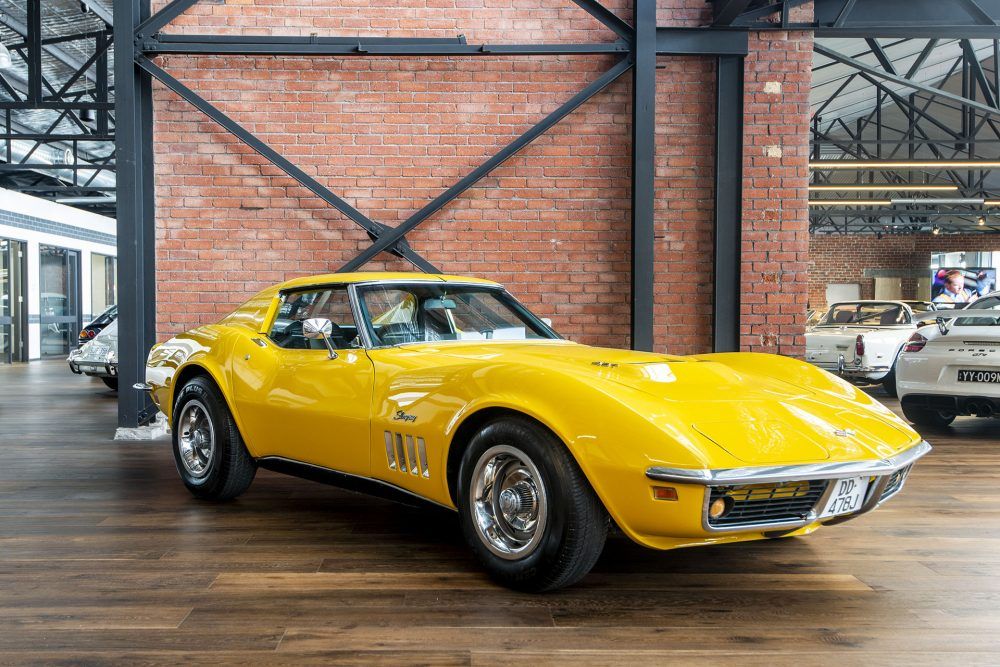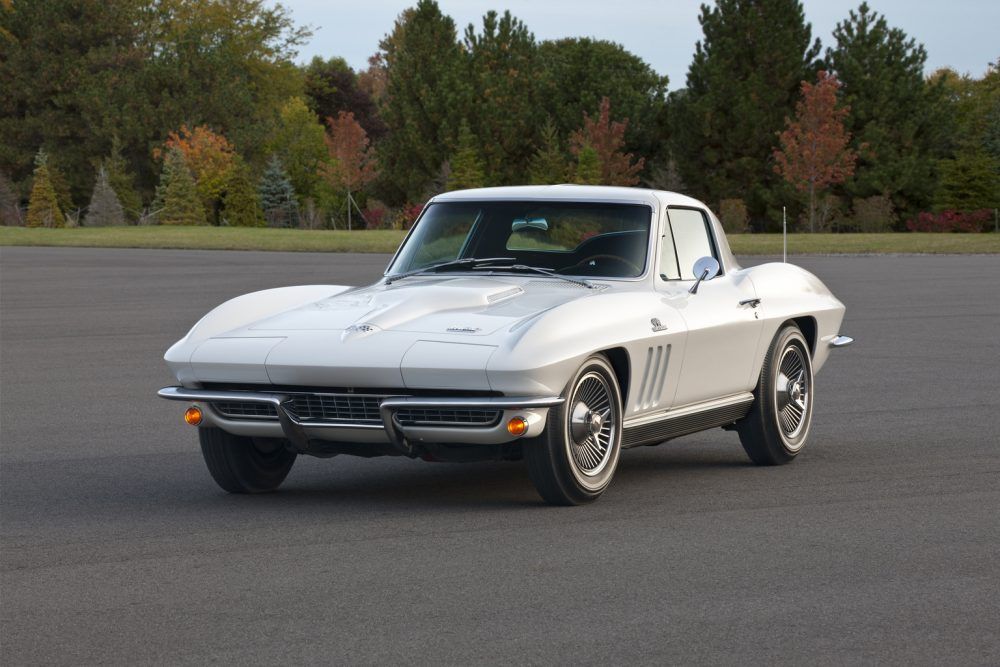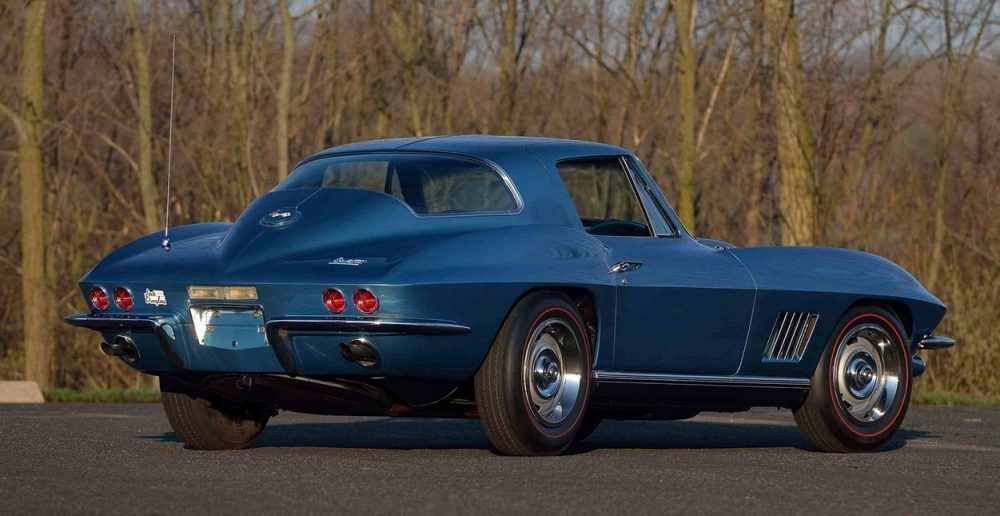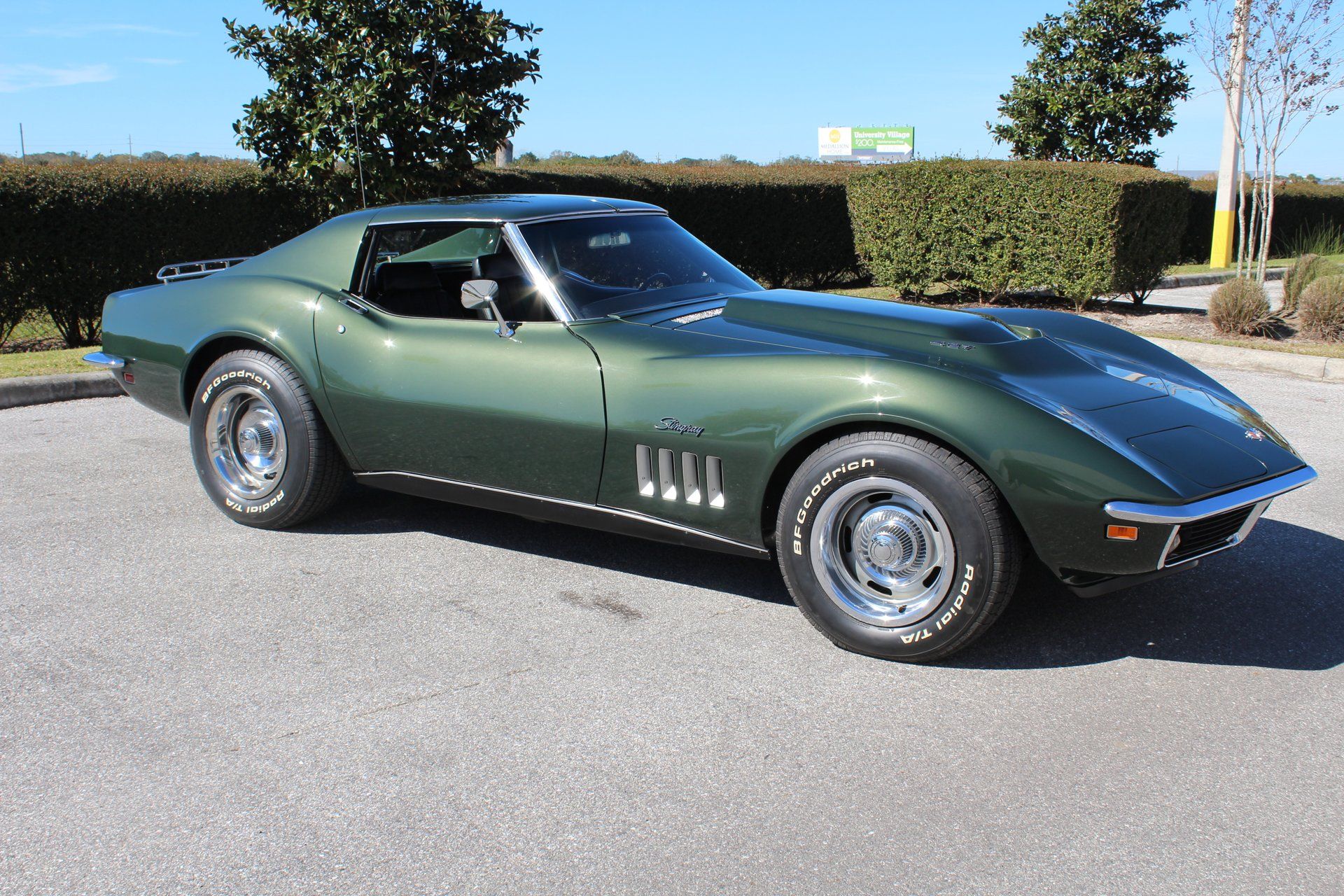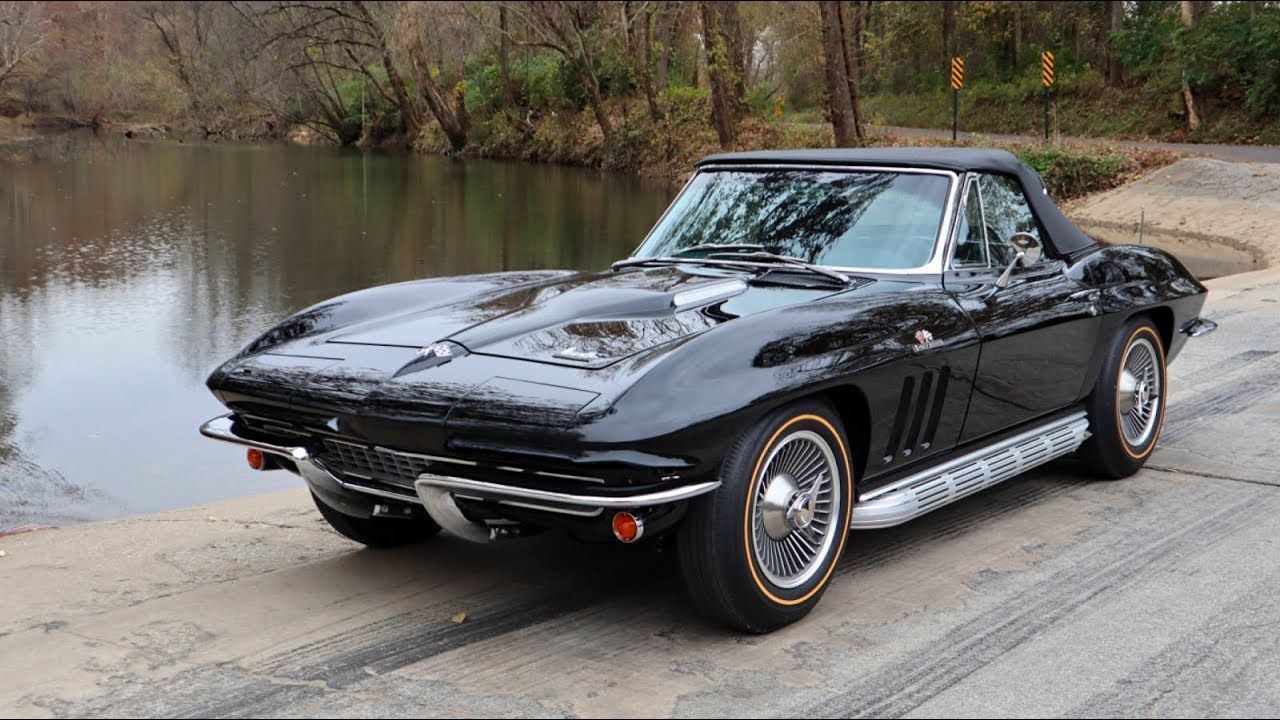Corvette is one of the best vehicles that Chevrolet has to offer. It is a fatal combination of sophistication and speed, all the while keeping things light. But beyond all these technicalities, Corvette offers something more, a feeling of breaking free from the constraints of everyday life.
It should not be surprising then, that early 427-powered Corvettes – especially convertibles – produced between 1966-1969 are some of the most coveted collectible cars.
But what exactly makes these jewels sparkle?
The Years of the Steel Thunder
The big-block engine produced by Chevrolet is still held in high esteem. We can break down the lineage in two main branches, the W series and the MkIV. The first is an earlier version that was christened after its valve covers, which produce a W shape. Here we have some prime examples of mechanical engineering, of the likes of 348, 409, and of course 427. The 427 was a noteworthy step, as the displacement was increased to 427 cubic inches, by expanding the engine’s bore. The later variation of MkIV, however, can boast with the 454.
Earlier takes on the 427 were already available in the early 60s, but 1966 marked the beginning of its mass production. In the beginning, there was a very limited number made available for the public, and only a select few could opt for this type of engine. What makes it such an interesting piece is that it not only fulfilled a promise, but it exceeded it by far. Although the specs claimed 430 horsepower, the 427s could purr out close to 500 horsepower. This thunderous engine offered enthusiasts a firm grasp on a new era of power potential. Many performance worthy 427s graced stylish Camaros and Corvettes and played a role in making the brand a household name in America (and beyond).
Performance
At the end of the 60s, the most significant transformation was the growing range of engines. Let’s break it down.
Two new models of 427 saw the daylight in 1966, the L30 and L72. Both of these were presented with a 3.76-inch stroke and a 4.25-inch cylinder bore. Firstly, the L30 could produce up to 390 horsepower, through a magnificent four-barrel carburetor with a low-compression ratio.
Secondly, the L27 reached (at least) 425 horsepower with its four-barrel carburetor and an impressive compression ratio of 11:1.
1967 would turn out to be quite a memorable year for the automotive industry. Chevrolet introduced the L71 and L88 versions of 427, both of which went down in history. The L71 became known as 427/435, due to the 435 horsepower generated by a triple-carburetor induction system. Corvettes equipped with this gem are now highly coveted by collectors and the convertibles even more so.
But it is the L88 that burned the brightest. Although the specs state 430 horsepower, the car could easily cruise into 560 horsepower. This was a strategic call since it enabled the L88 to be considered as a factory option. The power was created by a single four-barrel carburetor and racing specific aluminum heads. To put it simply, the L88 427 turned classy into a race car. In fact, Corvettes powered by L88 actually rolled into the scene of sports car races (e.g. 12 Hours of Sebring or 24 Hours of Daytona). But basically, everyone who could afford it, had the chance to purchase a Corvette with racecar capabilities from a Chevrolet dealership. What is more, the precious vehicle was accompanied by some pretty cool heavy duty options.
These specifications and the limited number of cars equipped with the L88 (only 216 models) outlined another head-turner for savvy car collectors. Also, did you know that the L88 427 featured as an engine option for a Corvette first?
To be more exact, for the 1967 model that rocked a working hood scoop for the first time. Very few such cars were produced (just 20), which of course makes them quite a coveted collection piece.
It is by 1969 that another metallic milestone is reached. The new L89 is somewhat of a hybrid of L71, from which it borrows the induction system, and L88, which serves as the inspiration for the aluminum heads. This unique mixology insures more horsepower at considerably less weight.
The same year marked the very first Corvette produced that incorporated ZL1 427 big-block. This model was the aluminum version of the L88, with a serious weight reduction, that reached 430 horsepower and hit 12.5:1 compression ratio. Chevrolet offered two color variations of the ZL1, white and yellow. These aluminum monsters are extremely rare to come upon, so if you think that you spotted one in the wild, you better call a Chevy expert to confirm the catch.
A 427 Legacy
The legacy of the Chevrolet Corvette 427 lives on through the many collectors (1982, 1996, 2013), commemorative (2004), and anniversary editions (1978, 1988, 1993, 2003, 2013) - the last of which dates back to 2013. But the 60s models are still among us, lurking in private collections or roaming the streets, they are a timeless classic that lives on. Chevrolet Corvette 427’s signature classical sophistication remains timeless, but what makes it so special are the technical achievements that power it and continue to surpass the test of time.

